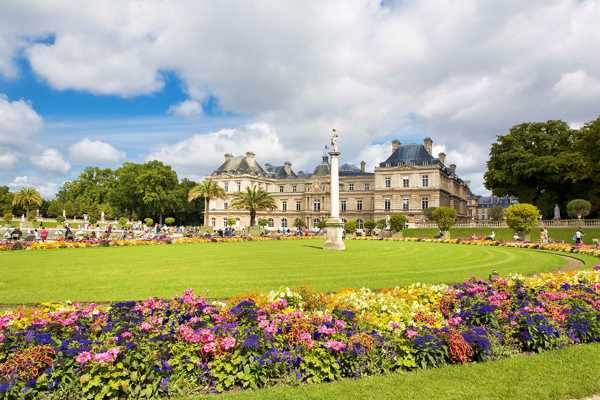Paris is such a famous city that every knows everything about it, right? Well, you might be surprised. Being such an ancient and important city, which has been at the heart of European history for centuries, Paris has more than a few quirky secrets and little-known details. Here are some of the quirkiest.
- 1
‘Paris’ is not the city’s original name

Many centuries ago when the first settlers in Paris were scrubbing their clothes on the muddy banks of the Seine, the city that would be founded on that spot was not referred to as Paris. Paris’s original name was Lutetia Parisiorum (called Lutèce in French) and the settlers there were Celts known as the “Parisii.” It is commonly believed that “Lutetia” comes from the Latin word lutum meaning "mud" or "swamp". So the elegant, glittering city that we all know and love, most likely was first known as mud town of the Parisii.
- 2
Île de la Cité is the birthplace of Paris

Whether you’re wandering around admiring St. Chapelle, Notre-Dame Cathedral or crossing Pont Neuf, take a look around and try to imagine what it must have been like in 53 BC when the Julius Caesar and his Roman troops first joined the Celtic settlers living on the tiny island. Instead of the beautiful stone Pont Neuf or Pont St. Michel connecting the island to the Right and Left Banks, there were two wooden bridges. To experience it for yourself, book a hotel located in the Île de la Cité.
- 3
Roman ruins still exist in Paris

For its first few centuries (roughly 53 BC-212, A.D.), Paris was a Roman city, complete with an aqueduct, public baths, stone fountains, and a 10,000 seat arena where Gallo-Romans could gather to watch Christians being slaughtered. A few remnants of this period still exist. For example, the Arènes de Lutèce, a crumbling stone amphitheater in the 5th arrondissement, dates back to the 1st century. You can also see parts of the public baths in the Musée de Cluny, and fragments of the old Roman city in the Archeological Crypt under the esplanade at the Cathedral of Notre Dame on the Île de la Cité.
photo by Carole Raddato (CC BY-SA 2.0) modified
- 4
Pont Neuf doesn’t mean “Bridge Nine”

Speaking of the Île de la Cité, the lovely stone bridge that you cross to get there - the Pont Neuf – isn’t the ninth bridge in Paris. Despite its name, it has nothing to do with the number nine. Pont Neuf means “New Bridge,” so named by King Henry III, who ordered its construction in 1578. He named it “New Bridge” because it had very modern features for its time. It was the first bridge without houses built on it, the widest bridge in Paris (for awhile), and the first to have pavement, which made it an ideal place to socialize. Today, it is the oldest existing bridge in Paris.
- 5
The Storming of Bastille was a symbolic act

One of the biggest holidays in France is Bastille Day on July 14th. Colourful fireworks illuminate the Eiffel Tower, armoured tanks trundle down the Champs-Elysees in a military parade, low-flying jet planes rip through the sky, spouting blue, white and red smoke in their wake – all to celebrate the storming of the prison Bastille in 1789 and the release of its prisoners. Bastille was known for holding political prisoners, especially those openly critical of the monarchy. But on the day Bastille was actually stormed, there were no political prisoners of significance in the jail. In fact, there were only 7 prisoners – and four of them had been jailed for check-forging.
Plan your visit ahead of Bastille Day and check out the hotels available in central Paris.
photo by Yann Caradec (CC BY-SA 2.0) modified


















